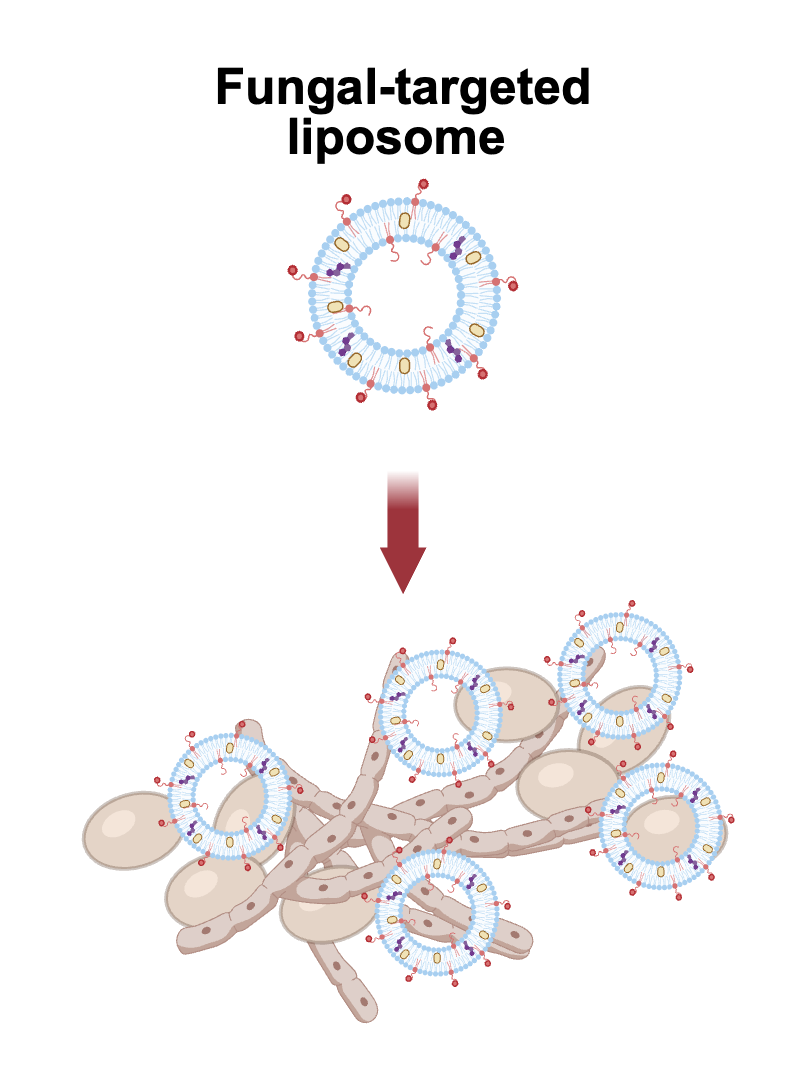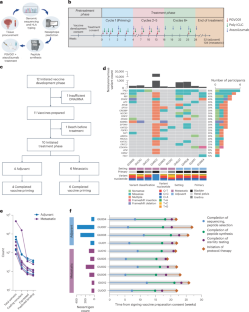2025-05-12 マウントサイナイ医療システム (MSHS)
<関連情報>
- https://www.mountsinai.org/about/newsroom/2025/a-novel-mechanism-links-lipoprotein-a-to-blood-clotting-in-the-arteries-and-increased-risk-of-heart-attack
- https://www.jlr.org/article/S0022-2275(25)00080-X/fulltext
リポ蛋白質(a)はアテローム性動脈硬化性心血管病において単球を介する血栓症と炎症を統合する Lipoprotein (a) integrates monocyte-mediated thrombosis and inflammation in atherosclerotic cardiovascular disease
Robert S. Rosenson, MD ∙ Ashley M. Tate ∙ Olga G. Grushko, PhD ∙ … ∙ Marlys Koschinsky, MD ∙ Jagat Narula., MD ∙ Sascha N. Goonewardena, MD
Journal of Lipid Research Published:May 5, 2025
DOI:https://doi.org/10.1016/j.jlr.2025.100820
Graphical abstract

Abstract
BACKGROUND
Elevated levels of lipoprotein (a) [Lp(a)], an apolipoprotein B particle, are causally linked to atherosclerotic cardiovascular disease (ASCVD). Lp(a) is thought to promote ASCVD through multiple mechanisms, including its effects on cholesterol transport, inflammation, and thrombosis.
OBJECTIVE
Define the mechanisms that integrate Lp(a)-mediated cholesterol accumulation, inflammation, and thrombosis.
METHODS
In this study, we employed systems biology approaches, including proteomics, transcriptomics, and mass cytometry, to define the immune cellular and molecular phenotypes in ASCVD subjects with high and low Lp(a) levels and the molecular mechanisms through which Lp(a) mediates monocyte-driven inflammation and thrombosis.
RESULTS
In 64 stable ASCVD subjects (41 with high Lp(a) [median Lp(a) 228.7 nmol/L] and 23 with low Lp(a) [median Lp(a) 17.8 nmol/L]), we found that circulating markers of inflammation (CCL28, IL-17D) and vascular dysfunction (tissue factor [TF]; 6.4 vs 5.7 normalized protein expression (NPX); p=0.01) were elevated in subjects with high Lp(a) levels compared with those with low Lp(a) levels. Although total monocyte and hsCRP levels were similar between the groups, CD14+ monocytes from ASCVD subjects with an elevated Lp(a) were primed and expressed more TF at baseline and in response to stress. Mechanistically, we found that Lp(a) itself can activate monocytes through Toll-like receptor 2 (TLR2) and nuclear factor kappa B (NFκB) signaling, driving both the induction of TF and TF activity.
CONCLUSIONS
Overall, these studies are the first to link Lp(a) to monocyte-mediated inflammation and thrombosis. They demonstrate a novel mechanism through TLR2, NFκB, and monocyte TF by which Lp(a) amplifies immunothrombotic risk.


